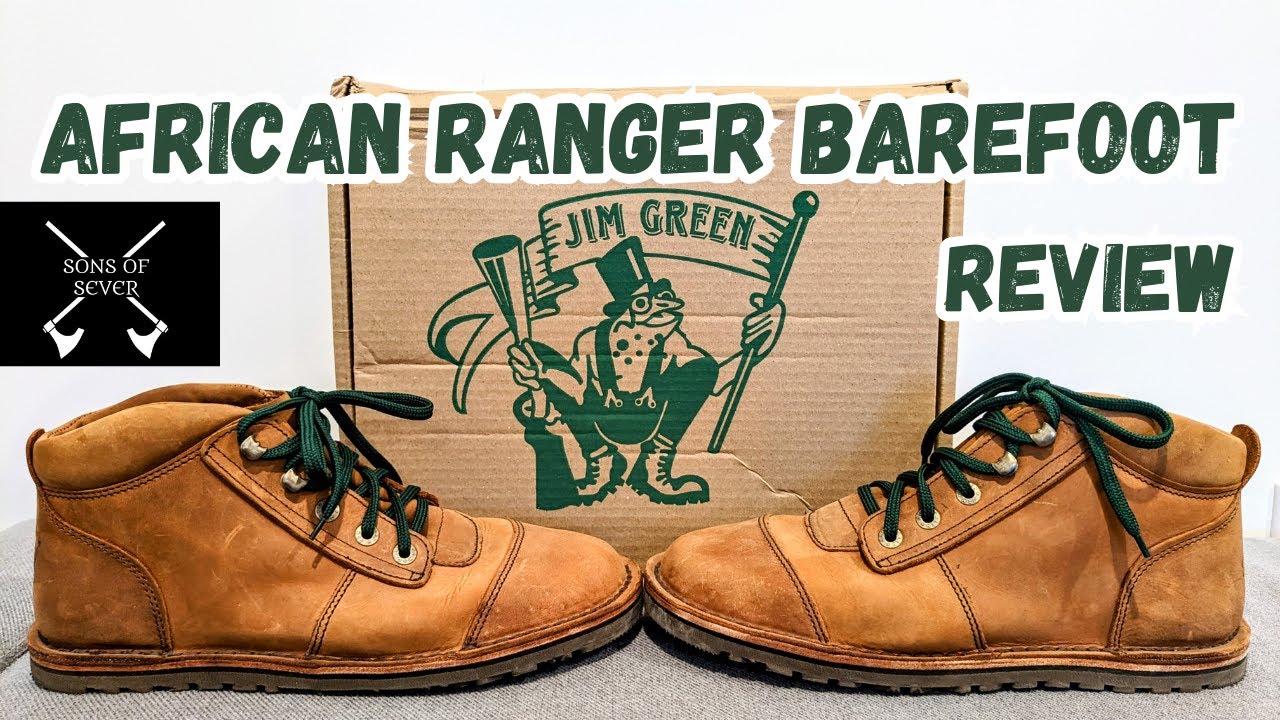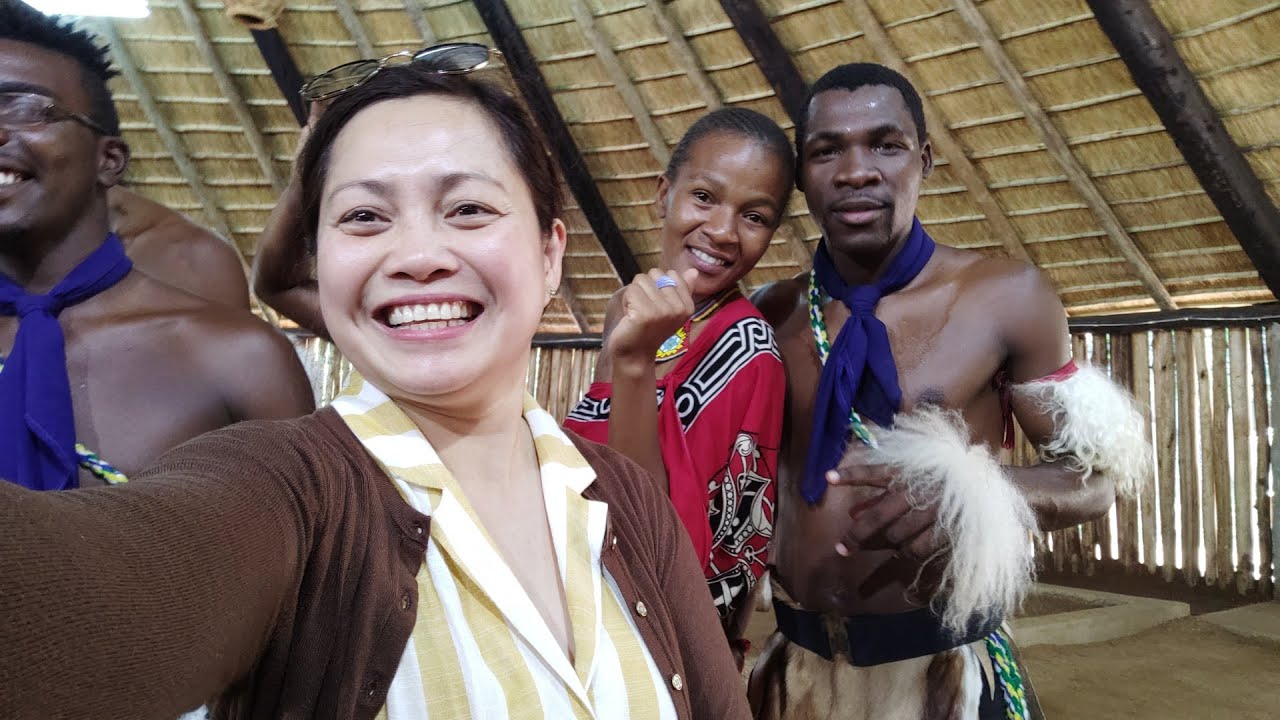
Jim Green African Ranger Barefoot Boot Review/The Most Durable Barefoot Boot??
Jim Green African Ranger Barefoot Boot Review/The Most Durable Barefoot Boot??
The common barefoot boot, in its attempts to be as flexible and light as possible, is lacking in one department, durability. In an attempt to connect users with nature as much as possible but still function as a boot, compromises have to be made, and durable construction and materials seem to be on the bottom of the list of build…
source
Reviews
0 %













I'm actually surprised that the ankles aren't higher because in Africa, and in any rugged natural area, protection from snake bites would be nice, and low ankle boots just don't provide protection. It's too bad that they move around a too much, but that and the weight might be the price paid for ruggedness. I just wish there a way to try them on at a local store.
Love mine. I ordered a 2nd pair in the new VegTan. I have high insteps so I find them a bit tight and uncomfortable across the top of my foot right where that bottom lace crosses until they broke in. The new VegTan does have a longer break in time than the original leather.
I got a pair a few days ago. My first pair of "barefoot" boots. I love that there isn't a shank and the sole is soft enough to feel the ground through. But that's about all I like.
I'm not a huge fan of 0-drop soles, I'd prefer the comfort of a slightly thicker heel on concrete. And I'm short so every bit of help I can get there is welcome. The toe box isn't as wide as I was hoping. The rest of the foot is too wide, it requires insoles to fill. And they're cut too high up the ankle. I wish they were cut below where the padding is. I hate having my shoes go over the ankle. Unfortunately, the safety man gets upset when I wear skate shoes to work. I'm not sure what these guys are talking about with getting debris inside low cut boots, I've hiked several hundred miles in skate and running shoes in both the Appalachians and Sierra Madres and it's never been a problem, nor heard others complain; seems like a unique problem for them.
Would love to know either from you guys or others in the comments on how the fudge color looks coated with some otter wax
I absolutely love these boots. Usually any drop is no go for me, but I figured the leather would compress as the boots broke in and it did. I also would like a high ankle version because there is snow and ice in winter and ticks and other biting insects in the summer where I live.
Do they have different color laces??
You should order a pair of the custom AR8 Jim Green barefoot boots.
What is your go to hiking boot?
What color is that boot called
Bought a pair of these for work (construction). Really like them so far, had them about 60 days. Very comfortable.
How is the toe box? Is it wide?
Did you at any point mention if you wore socks and if so what kind? Cuz the floppiness high volume would be greatly affected by that. Before going barefoot and into barefoot shoes I got into the habit of wearing wool socks pretty much all year round. I usually go for a mid-weight as I've found thinner socks give better mobility, but often shoes feel floppy with them or they just wear out so damn fast. Icebreaker has lifetime warranty on their socks, but it's still a pain to see holes develop after just a few months.
There was a video with the CEO where he said the extra 2.5mm leather bit was because your heel sinks in more as the footbed breaks in and forms to your foot, so they end up being zero drop after break in.
For the tongue it should be folded down the right way and it would look and feel better
How does the sizing compare with lems boulder boots?
Just ordered a pair of these and can’t wait to get them in
Not shoe related but what brand trousers are you guys wearing in the video
i have a pair of every barefoot shoe you ever heard about. I transitioned to barefoots about 3 years ago after a series of foot issues including surgery. I got two pairs of the African Ranger off the bat. Great product. HOwever, I did not like the sole, it felt "heely" like a regular shoe versus a barefoot shoe. And it makes the shoe feel bulky versus being light as we have come to expect for barefoot shoes. So I ripped off the soles and resoled with a 3mm rubber sole. And then that heal leather on the inside, its glued in so I pulled it right off. And now i have a truly barefoot African Ranger boot. I wear them everyday to work and on weekends to the mall etc.
Chris: I have a solution to your dislike about hooks in boots. Put the shoes on, tighten them how you like them, tie a knot that is not coming loose. Now when you want to take out the boots do not open the knot but instead unhook the lace on one side first and then pay attention how it comes off rest of the way while you just hold on to the still tied, closed loop of the laces. Practise putting the laces back on by repeating the same movements and in the end hooking the laces to the same last hook that you started with. Please try it out, it literally is the best of both ease of getting the shoes on and off and support. This makes especially much sense with 6" or 8" boots, the more hooks you have, the bigger the time save when you never untie the laces. With high boots you can even choose to leave the top hooks undone if you want to close the laces but want to have in general loose feeling on the shoe, for example while sitting in airplane. The key is that when you start lacing the boots with closed laces, is to start the motion by going right side lace to left side single hook (or vice versa) and then when you go on the right side of the boot you hook two hooks at the same time. Trying it out teaches it pretty fast.
Wow, y’all put me to sleep. Maybe start an asmr channel.
Do they feel like vans ?
You totaly missed the point of why Jim Green made these boots! Jim Green litterally made them for the African Rangers that are out in the bush protecting elephants and rhinos. Most of the rangers couldn't/can't afford boots. So…Jim Green designed and built these boots for them. In fact for every 10 pair of African Ranger boots they sell the donate one pair to the rangers! They are made to feel barefoot because many of the rangers are used to their patrols barefoot. The wide toe box is for walking in sand not snow/ice. Thank you Jim Green! I own two pair and they are great.